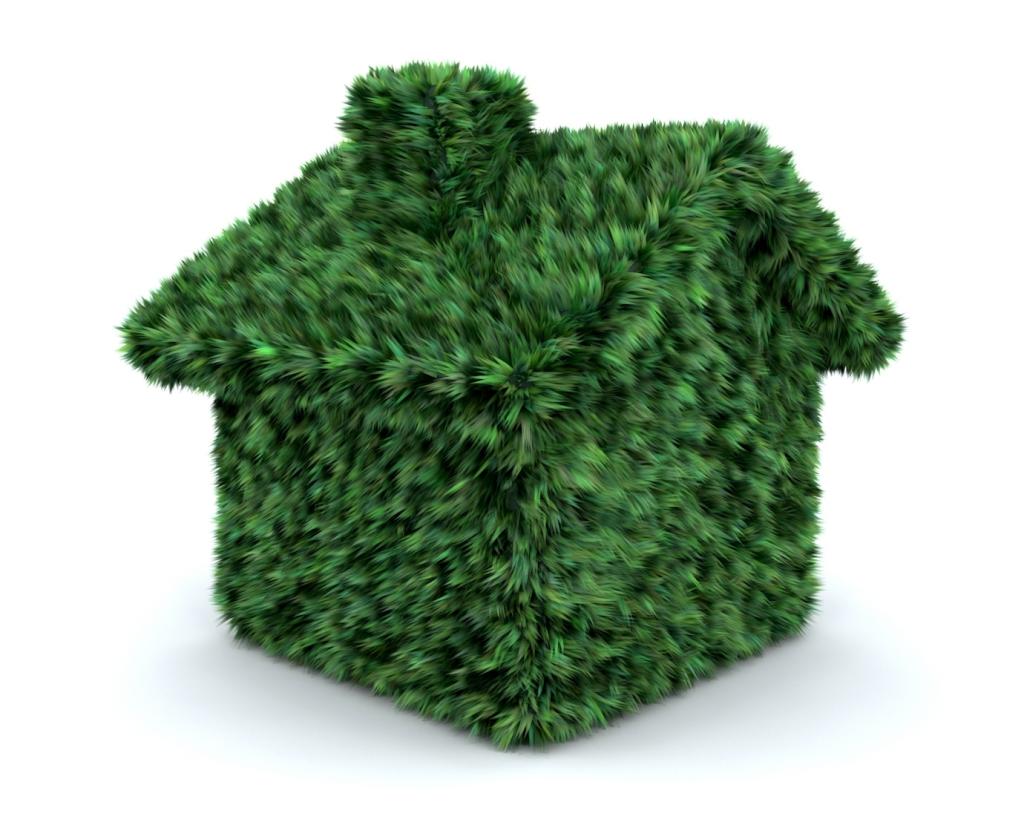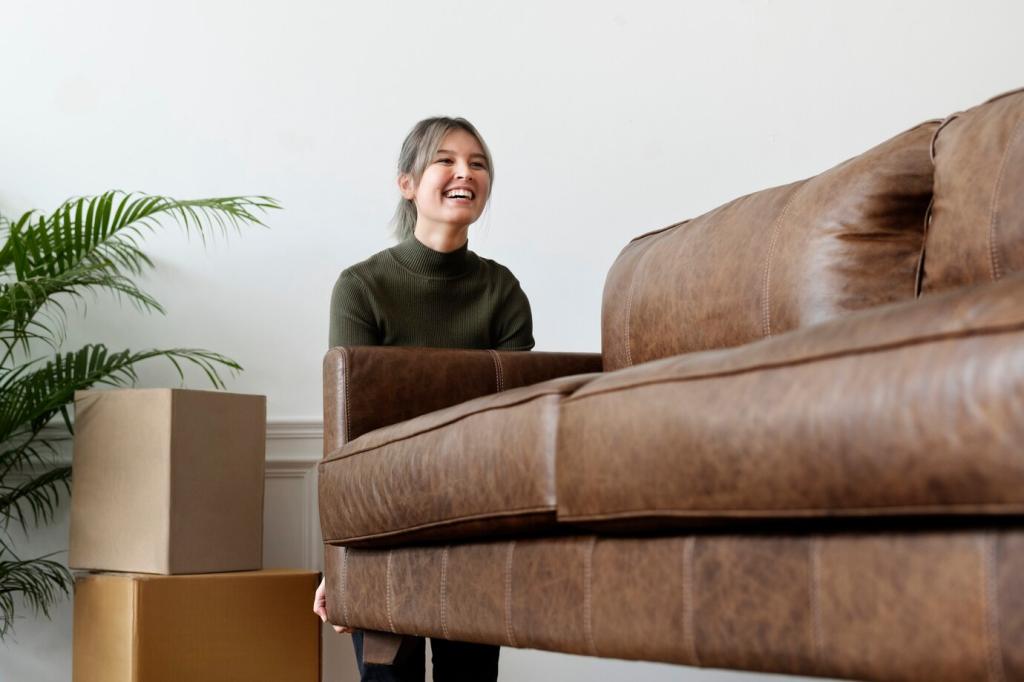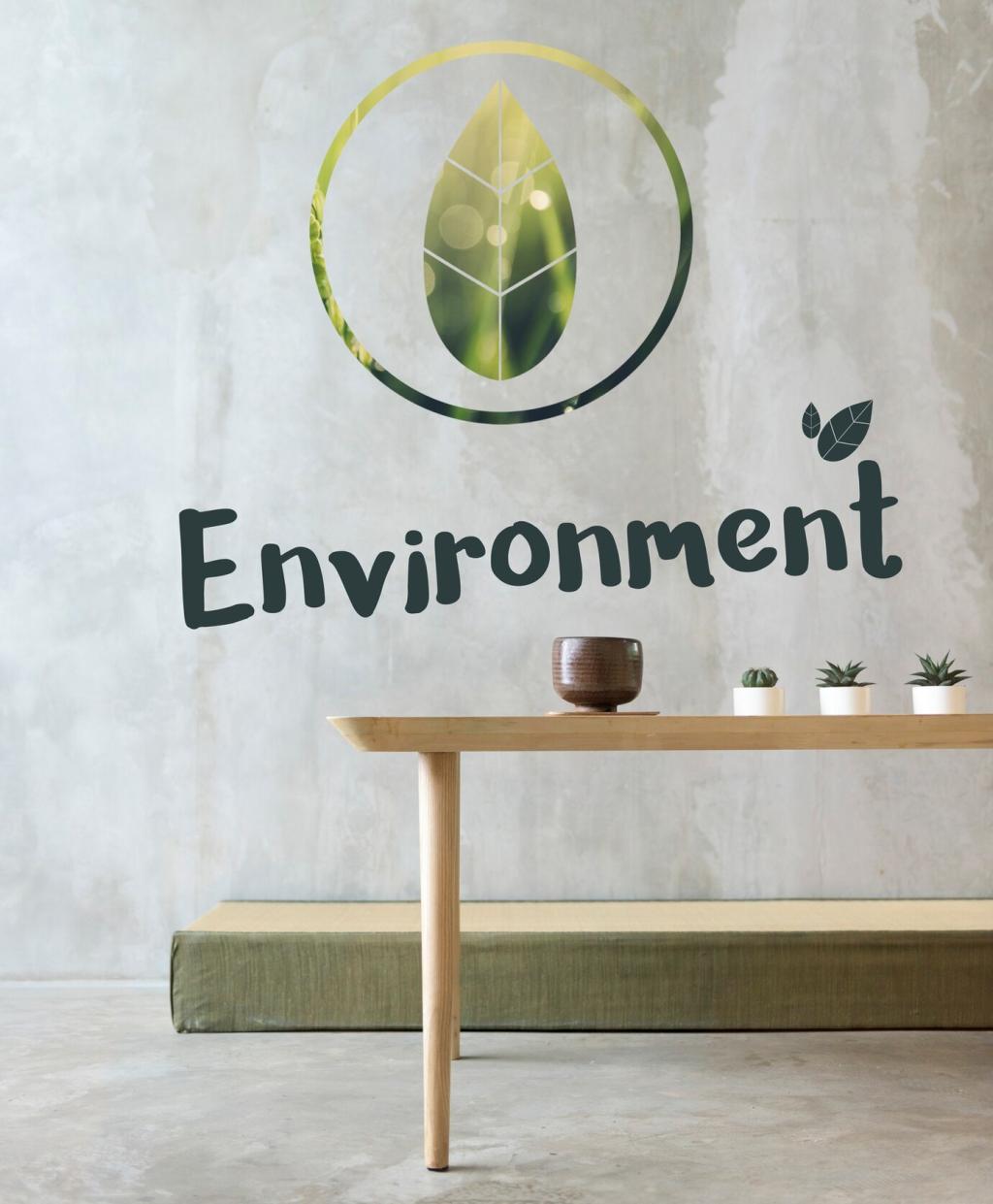
Innovative Sustainable Materials for Home Design
Discover how cutting-edge sustainable materials are transforming the home design landscape. As environmental awareness grows, designers and homeowners alike are seeking innovative solutions that minimize ecological impact while maximizing beauty and functionality. This page delves deep into groundbreaking materials and strategies that fuse ingenuity with responsibility, delivering spaces that are not only stylish but also gentle on the planet.
Evolving Eco-Conscious Building Materials
Recycled and Upcycled Components
The use of recycled and upcycled materials has moved far beyond novelty to become a cornerstone of sustainable architecture. Products sourced from post-consumer waste—such as reclaimed wood, repurposed metal, or recycled glass—demonstrate how ingenuity can transform discarded items into stunning building elements. Their varied origins add unique character to each project while drastically reducing landfill waste. Incorporating these materials aligns aesthetic ambitions with responsible practices, making it possible to create beautiful spaces with a conscience.


Engineered Low-Impact Concrete Alternatives
Concrete’s environmental toll has inspired researchers to develop smarter alternatives. Innovative materials like geopolymer concrete or concrete incorporating fly ash and slag offer significant reductions in greenhouse gas emissions compared to traditional options. Produced using industrial by-products or non-traditional binders, these new formulations retain the strength and resilience homes require. Their adoption by forward-thinking architects not only reduces environmental impact but also sets new standards for sustainable construction.
Plant-Based Paints and Sealers
Traditional paints often release volatile organic compounds that compromise indoor air quality. Plant-based paints and sealers, however, offer a safer, eco-friendly alternative. Made from renewable ingredients such as linseed oil, clay, and resins, these products dramatically lower emissions and toxins. Their natural origins mean they’re biodegradable and leave a significantly smaller environmental footprint, while advanced formulations now match or even surpass the color vibrancy and durability of ordinary options.
Cork as a Flooring and Wall Covering
Cork is quickly gaining popularity in interior design owing to its exceptional sustainability and unique tactile appeal. Harvested from the bark of cork oak trees without harming the tree itself, cork is naturally regenerative. Its light, cushiony texture feels comfortable underfoot, while its insulating properties help regulate room temperature and acoustics. As a renewable and biodegradable material, cork is an inspired choice for anyone seeking a harmonious balance of beauty, comfort, and environmental stewardship.

Previous slide
Next slide
